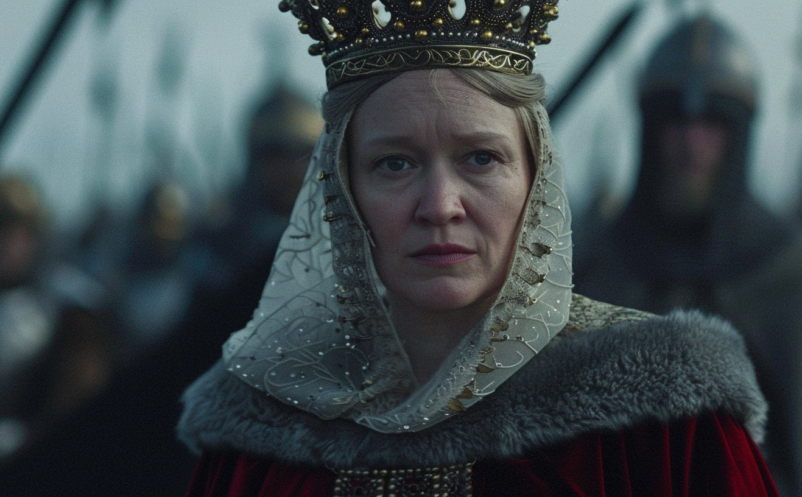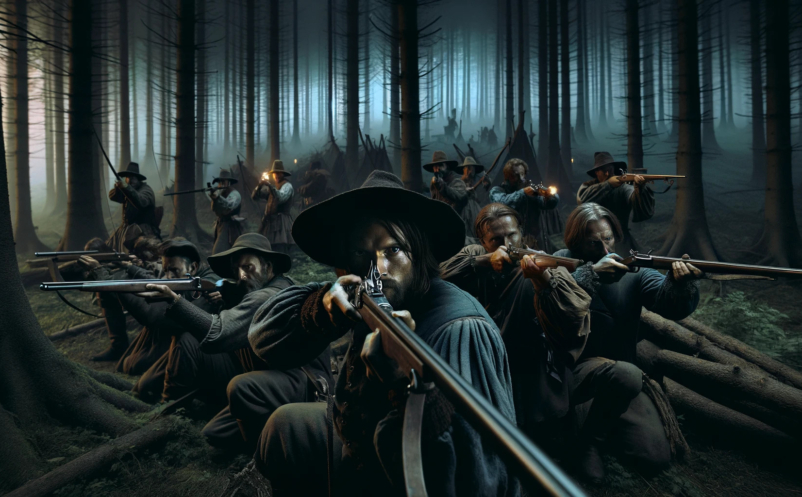This is the true story of Emerentia Pauli, wife of the commandant at Gullberg Fortress, Sweden, in 1612. When the Danes suddenly attacked, it was she who led the defense of the fortress after her…


This is the true story of Emerentia Pauli, wife of the commandant at Gullberg Fortress, Sweden, in 1612. When the Danes suddenly attacked, it was she who led the defense of the fortress after her…

As a prominent Swedish noble woman and married to the regent and rebel leader Sten Sture the younger, Kristina Gyllenstierna was a powerful and determined woman, and the next to be explored in this serie…

In Medieval history, most women played subordinate roles, appearing mostly as mothers, wives or daughters, in the shadow of men. But of course there are exceptions. One such exception in the Nordics is Queen Margrete.…

War is associated with men. It is – generally speaking – men who make war. History books about war are therefore usually about men. Kings, generals, officers and sometimes ordinary soldiers. But very rarely about…

This post is the last part of three about the common people in the border regions between Sweden and Denmark. Caught up in the war between the countries and traditionally called Snapphanar, they fought harsh…

Unlike Nils Dacke in the 1540s, there was no ONE leader for the Snapphanar in the 17th century. One reason being, as previously mentioned, that there was no ONE Snapphane-movement. There was independent peasant uprisings,…

As we continue our journey through Scandinavia’s peasant uprisings, we turn to the 17th century and the guerilla fighters known as Snapphanar. I will explain it’s meaning below, but let’s start with some background: During…

When we look back at history, there seems to be a tendency to believe that ALL people living back then thought and believed in the same. That was of course not the case. Even though…

The Draugr is a resurrected dead person, often a viking or warrior, who leaves his burial mound to terrorize the living. It could also be a sailor who drowned at sea and were thus never…

Here is another Norse mythological creature I have hard time translating into English. The old Norse word is vættr, and in Swedish the word is vätte (singular) or vättar (plural). One possible translation might be…